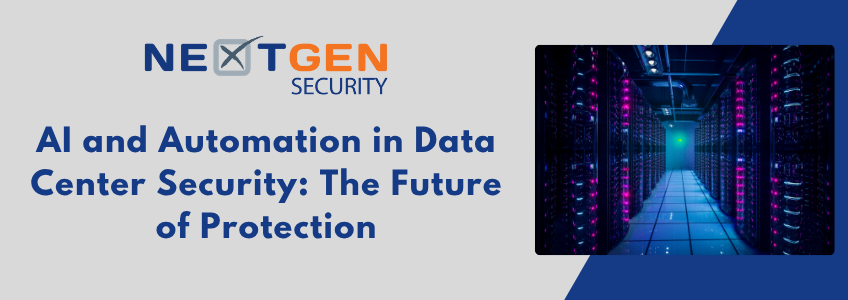As the digital landscape of our world has continued to expand, so too has the prevalence of data centers. Enterprises of all kinds now have a tremendous amount of data to manage, store, and process; data centers house the IT equipment and infrastructure to manage these tasks. Because they ensure the security, accessibility, and connectivity of data, data centers have become integral to IT operations.
Unfortunately, data centers have also become highly vulnerable to a whole slew of security threats and breaches. These span malware, phishing, network, and even insider threats. Then there’s the worry of Denial-of-Service attacks (DDoS), which are not typical cyber threats because the goal is not to steal data or breach firewalls. Rather, perpetrators flood websites and servers with huge amounts of traffic, making them useless for actual users.
Because of the breadth of these threats, data centers demand a robust security strategy to protect the sensitive information they house. Many data center operators are now recognizing the power of AI and how it can elevate threat detection and response. Simply stated, AI-driven data security is the application of artificial intelligence and machine learning to detect, analyze, and respond to cyber threats in real time.
While traditional approaches to cybersecurity rely heavily on rule-based detection methods, which struggle to keep pace with the rapidly evolving threat landscape, AI, in contrast, provides active, self-learning security mechanisms able to adapt to emerging means of cyber-attacks. In addition to delivering real-time data protection and monitoring, AI-driven data security solutions automate threat detection by analyzing large datasets in real-time to quickly identify patterns and predict and prepare for cyber-attacks before they happen. AI continuously refines security protocols based on new threat intelligence, ensuring proactive protection. And it also helps to ensure compliance with strict regulatory requirements.
Data center automation is taking a lot of burdensome tasks off the shoulders of personnel. Previously, many processes were handled manually, with system administrators or engineers physically provisioning servers, configuring network equipment, or patching software. And as data centers grew in size and complexity, these manual approaches became slower and more costly, and often prone to human error. Data center automation, on the other hand, uses software and technology-driven solutions to perform routine, repetitive tasks within a data center environment, eliminating the need for continuous human intervention.
The perks of data center automation are plentiful. Scalability is key among them; as data demand grows, automation platforms can scale up easily and allocate additional resources or adjust workflows. Functions that used to take hours or days can often be completed in minutes, reducing operational costs and freeing up time for personnel to dedicate to other projects. And because automated processes are performed the same way each time, consistent outcomes and reduced variability are ensured. And there’s more good news – automated solutions can integrate seamlessly with monitoring, analytics, security, and orchestration tools, providing a universal and much simpler approach to managing complex IT ecosystems.
NextGen has the experience and expertise to equip data centers with security and AI-driven solutions to improve threat intelligence, automate processes, and strengthen their overall cybersecurity posture. Call on us to learn more.

